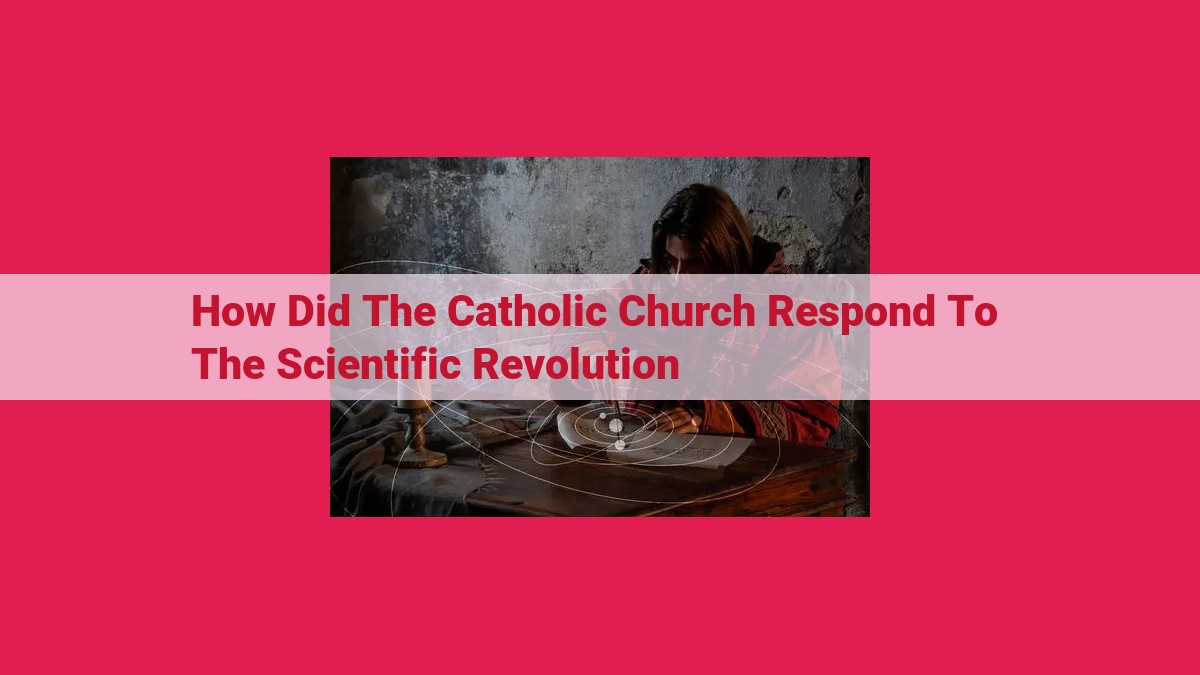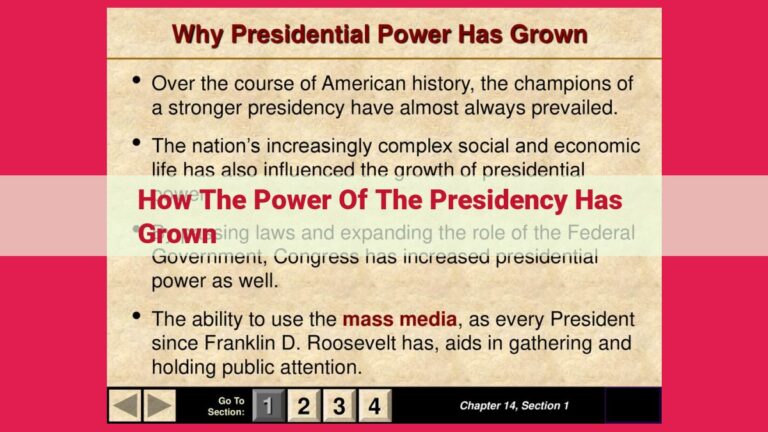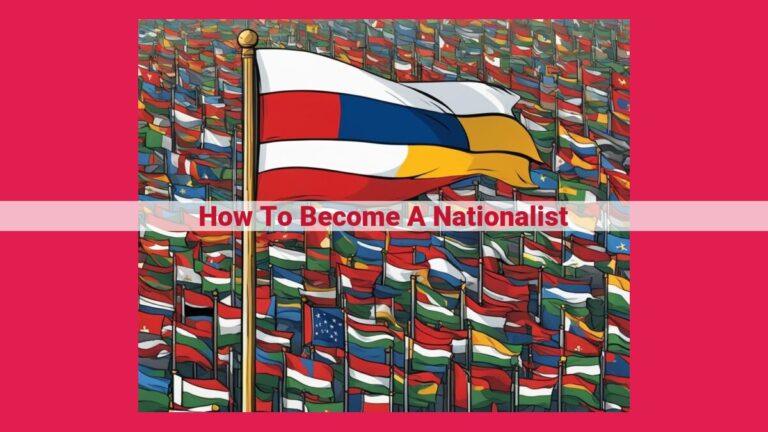Catholic Church’s Evolving Relationship With Science: Transition From Skepticism To Acceptance

Initially skeptical, the Catholic Church gradually adapted to the Scientific Revolution. After initial censorship and condemnation, the Church incorporated science into its worldview through Neo-Thomism and the Science and Religion Dialogue. It supported scientific reforms like the Gregorian Calendar and accepted theories like the Big Bang. Catholic institutions became centers of scientific learning, fostering collaboration and integrating science into education.
The Scientific Revolution: A Pivotal Epoch in Human Understanding
The Scientific Revolution, a transformative era that reshaped human knowledge, saw the emergence of towering figures like Nicolaus Copernicus, Johannes Kepler, Galileo Galilei, and Isaac Newton. Their groundbreaking work laid the groundwork for a profound shift in scientific thought, from the geocentric model (where Earth was believed to be the center of the universe) to the heliocentric model (with the sun as the center).
This intellectual upheaval was fueled by the rise of reason and empiricism, challenging the traditional authority of the Church. The Enlightenment movement further fostered this pursuit of knowledge, emphasizing human rationality and the importance of scientific inquiry.
The Church’s Response to the Scientific Revolution: A Story of Conflict and Accommodation
The Inquisitions and the Trials of Scientists
As the Scientific Revolution gained momentum, the Catholic Church grew increasingly concerned about its implications for its authority and the prevailing religious beliefs. The Holy Inquisition, established in the 13th century to combat heresy, began to target scientists and scholars who challenged traditional Church teachings.
- Nicolaus Copernicus (1473-1543) proposed the heliocentric model, suggesting that the Sun was the center of the solar system, not the Earth. In 1543, his work “On the Revolutions of the Heavenly Spheres” was placed on the Index of Forbidden Books.
- Giordano Bruno (1548-1600) expanded on Copernicus’ ideas, proposing that the universe was infinite and contained countless other stars. He was burned at the stake for heresy in 1600.
- Galileo Galilei (1564-1642), who made significant contributions to astronomy, physics, and mathematics, also faced the wrath of the Inquisition. In 1633, he was placed under house arrest for defending the heliocentric model.
The Index of Forbidden Books and Censorship
The Index of Forbidden Books, first published in 1559, was a list of publications that Catholics were prohibited from reading. It included works by scientists, philosophers, and theologians who were deemed to be heretical or dangerous to the faith. Anyone caught possessing a forbidden book faced severe punishment, including excommunication.
The Council of Trent (1545-1563)
The Council of Trent, convened to combat the Protestant Reformation, reaffirmed the Church’s authority in matters of faith and morals. It condemned the heliocentric theory, declaring it to be “contrary to Holy Scripture.” The council also strengthened the Inquisition and increased its power to suppress dissent.
Censorship, Condemnations, and Galileo’s Case
In the face of scientific advancements that challenged long-held theological beliefs, the Catholic Church’s initial response was one of suppression. Censorship and condemnation became the tools through which the Church sought to maintain its authority and preserve its teachings.
One notable case that epitomized this era of conflict was that of Galileo Galilei, an Italian astronomer and scientist. His support for the heliocentric theory, which posited that the Earth revolved around the Sun rather than vice versa, directly contradicted the Church’s geocentric view of the cosmos.
In 1633, the Church’s Inquisition condemned Galileo’s work and ordered him to recant his beliefs. Faced with the threat of torture or imprisonment, Galileo reluctantly complied. This condemnation sent a chilling message to other scientists, effectively silencing scientific inquiry that challenged Church doctrine.
The Church’s opposition extended beyond Galileo’s heliocentric theory. Evolutionary ideas, which challenged the biblical account of creation, also faced severe criticism and condemnation. The Church’s Index of Forbidden Books censored works that promoted scientific theories that contradicted Church teachings.
Accommodation and Adaptation: The Changing Relationship Between Science and Religion
After centuries of conflict and condemnation, the Catholic Church gradually began to adapt to the undeniable advancements of science. A new era of accommodation and adaptation emerged, marked by significant shifts in thinking.
Neo-Thomism played a pivotal role in reconciling scientific discoveries with religious beliefs. This philosophical movement, inspired by the teachings of Thomas Aquinas, sought to harmonize reason and faith. Neo-Thomists argued that scientific knowledge could complement theological understanding, rather than contradict it.
The Science and Religion Dialogue, an ongoing conversation between scientists and theologians, further fostered cooperation and understanding. This dialogue, initiated by Pope John Paul II in 1979, acknowledged the compatibility of science and religion and explored their shared values and assumptions.
Through these initiatives, the Church adjusted its stance, moving away from suppression and censorship towards engagement and collaboration. Science was no longer seen as a threat to faith but as a valuable source of knowledge that could enrich religious understanding.
Collaboration and Cooperation between Science and the Catholic Church
Throughout history, the relationship between science and the Catholic Church has been marked by both tension and collaboration. Despite initial condemnations, the Church has gradually adapted to scientific discoveries, leading to fruitful collaborations and a renewed appreciation for the harmony between faith and reason.
One of the most notable examples of this cooperation was the Church’s involvement in the Gregorian Calendar reform in the 16th century. Recognizing the inaccuracies of the Julian calendar, Pope Gregory XIII commissioned astronomers and mathematicians to develop a more precise system. The new calendar, which is still used today, is a testament to the Church’s willingness to embrace scientific knowledge for the benefit of humanity.
In the 20th century, the Church also showed its acceptance of the Big Bang theory. This cosmological theory, which explains the origin of the universe, was initially met with skepticism by some religious leaders. However, over time, the Church has come to recognize that scientific understanding of the universe does not conflict with faith but rather deepens our appreciation for God’s creative power.
Beyond these specific examples, the Catholic Church has also fostered collaborations in the field of quantum mechanics research. Scientists at Catholic universities, such as the Pontifical University of Comillas in Spain, have made significant contributions to our understanding of this complex and fascinating field. These collaborations highlight the Church’s ongoing commitment to supporting scientific inquiry and promoting dialogue between faith and science.
Impact on Education
- Highlight the role of Jesuit universities in promoting scientific learning.
- Discuss scientific research in Catholic institutions.
- Explain the integration of science into religious education.
Impact of Science on Catholic Education
The rise of scientific inquiry during the Scientific Revolution had a profound impact on education, particularly within the Catholic Church.
Jesuit Universities and Scientific Learning
Jesuit universities played a pivotal role in fostering scientific learning. Founded in the midst of the Scientific Revolution, these institutions embraced the new spirit of inquiry. They established observatories, laboratories, and libraries, providing students with access to cutting-edge scientific knowledge.
Scientific Research in Catholic Institutions
Catholic universities became centres of scientific research. Scholars such as Gregor Mendel and George Lemaître made significant contributions to genetics and cosmology, respectively. The Church’s emphasis on intellectual rigour fostered an environment conducive to scientific discovery.
Integration of Science into Religious Education
The Church also sought to reconcile science with religion. Jesuit educators like Matteo Ricci and Christoph Clavius integrated scientific concepts into religious education. This approach aimed to foster an understanding that science and faith were not in conflict but could complement each other.





